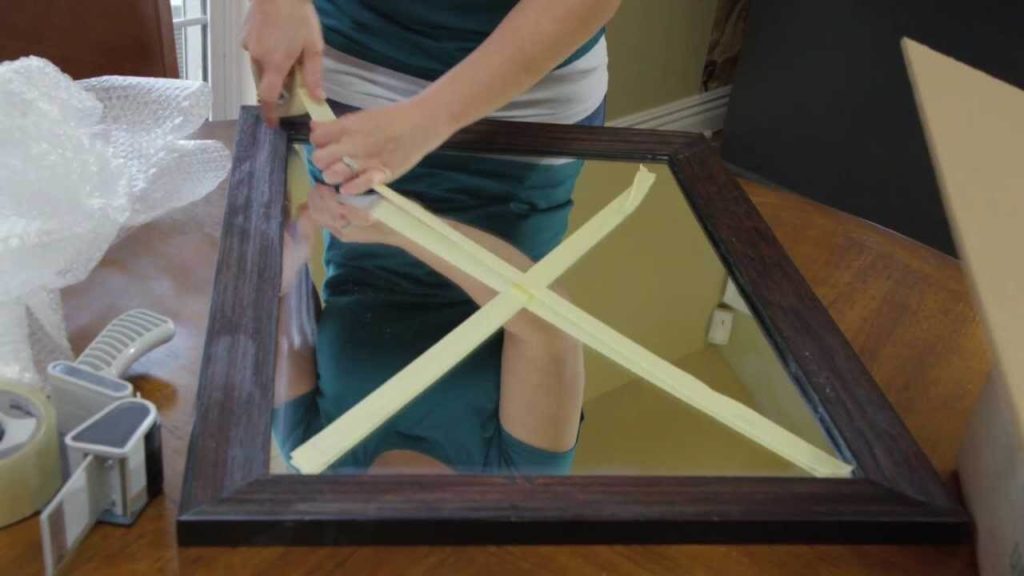
Objects that are extremely fragile or heavy require special packaging for shipping without mishaps. When you are moving to another location, it is difficult to do everything by yourself. In such instances, you should call professionals. But how can you know that all of your things are packed correctly? Here are some of the things to consider
Use a Corrugated Cardboard Box
Use a new box large enough to leave room for the content protection material.
Protect the Content
- Pack each item separately. Try to keep fragile items as close as possible to each other, from the corners and sides of the box, in order to reduce the likelihood that they may break or be damaged.
- A wide variety of materials can be used for cushioning and protection. These include plastic with air bubbles, molded foam (a foam that is compressed and forms protective molds around the contents), corrugated cardboard partitions and strong wrapping paper or wrinkled newspaper.
- Use enough cushioning material to make sure the contents cannot be moved easily. Several centimeters of cushioning material around the content should be sufficient.

Img source: suddath.com
Close it Firmly
- To close the box securely, use a strong tape – five centimeters or wider – more designed for shipping.
- Do not use masking tape or transparent cellophane tape. These adhesive tapes do not provide the necessary strength to keep the packages tightly closed.
- Do not use cord or wrap the box in paper, as these may tear in the automated equipment, resulting in loss of address labels or package contents.
Use the Appropriate Labels
According to Love Your Space, labeling is essential when it comes to packing and moving.
- Always include the full address of the consignee with postal codes or as applicable in each case.
- For international shipments, including the contact’s name, telephone number and zip code or as applicable in each case.
- Always include the complete address of the sender.
- Computer and electronic equipment must always travel in their original packaging
- The chemical or pharmaceutical merchandise that is affected by the regulation on dangerous goods must be packed and identified according to IATA and/or ADR.

Img source: meiriggingcrating.com
Heavy Shipment Packing
Shipments that are classified as heavy should be packed in accordance with the weight and dimensions of the shipment.
You must pack your heavy shipment in a way that allows you to stack other packages at the top of your shipment.
Make sure your heavy shipment is tied and wrapped to the pallet, with the strips running in both directions. (Pallets secured only with elastic wrapping tape are not accepted.)
Avoid corrugated board or agglomerate pallets. You must ensure all heavy shipments weighing 50 kg or more, on a forklift base, compatible with the use of the hydraulic jack to lift the pallet.
The minimum specifications for a typical base for forklift or hydraulic jack configuration are as follows:
- The pallet must have a maximum of 1,000 kgs.
- The corners should be protected with cardboard profiles or corners.
- The merchandise must be fixed to the pallet, through the gaps.
- The gap to enter the blades must be at least 69 cm wide and 9 cm high.
- If the dimensions of the merchandise protrude from the pallet, it must be properly protected, either with a wooden box or with suitable protection elements.
- The merchandise exceeding 3 m. in one of its measures, it is out of the norm.
Recommendations for proper packaging
- Choose a box that suits the package you want to pack. The box must be in perfect condition to avoid possible breakage.
- Enter the contents ordered inside the box. You must put the heaviest objects in the base to give stability to the box and the most fragile the last to avoid breakage.
- Fix the objects. Use packing material to leave objects immobile. Remember to place the most fragile in the areas furthest from the edges of the box.
- Precinct correctly. Use adhesive tape to close the box correctly. Reinforce with several layers to prevent it from opening and having greater security.

Img source: removalexperts.co.uk
Mirrors, glassware, paintings, bottles
It is best to wrap them in bubble wrap to cushion possible blows. Each piece must be packed separately so that they do not rub against each other. In the case of bottles, request a special bottle container, which can choose between 1, 3 and 6 bottles. You can also use a bottle separator.
Porcelains, ceramics, marbles, plaster
Use polyurethane foam or bubble wrap always wrapping each piece separately. You can also use double-sided cardboard to separate some objects from others. Use newspaper to fill empty spaces and keep the content fixed.
Electronic devices, televisions, household appliances
Use polypin to leave the material fixed and avoid possible internal movements. For smaller electronic elements you can use bubble paper attached to the object.
Clothing, fabrics
For clothes use wardrobe boxes to prevent wrinkles. You can also use hard cardboard.
Picture
Use polypin so that the object remains fixed. Use double-sided cardboard for added protection.














